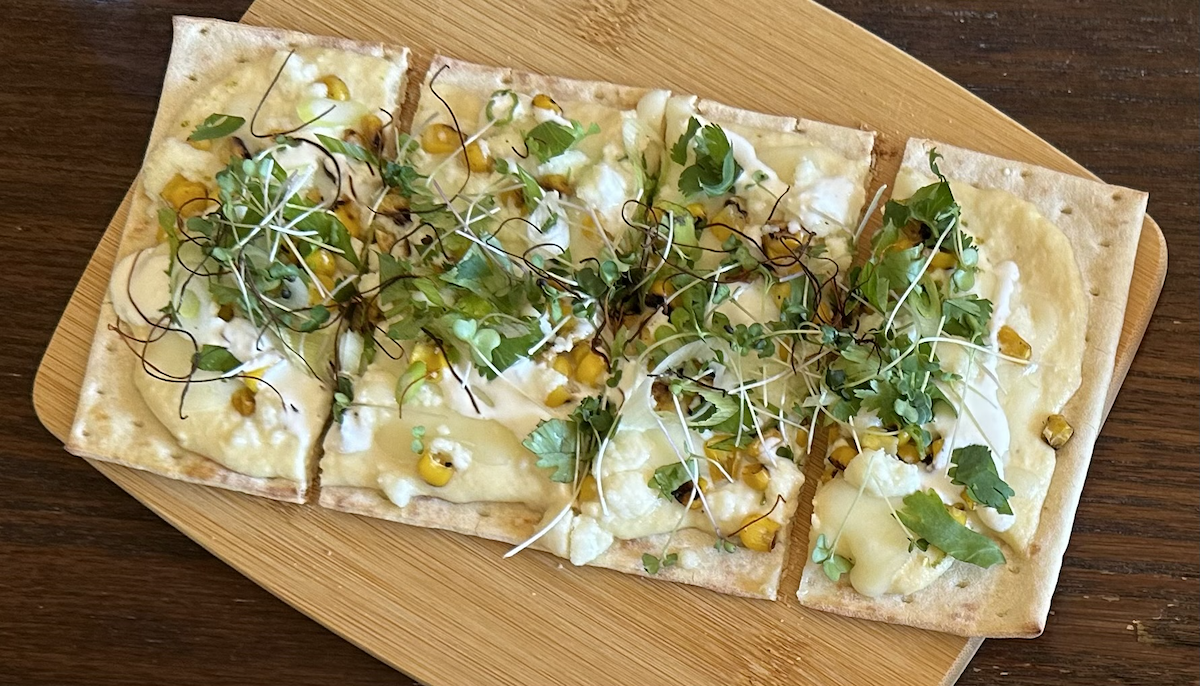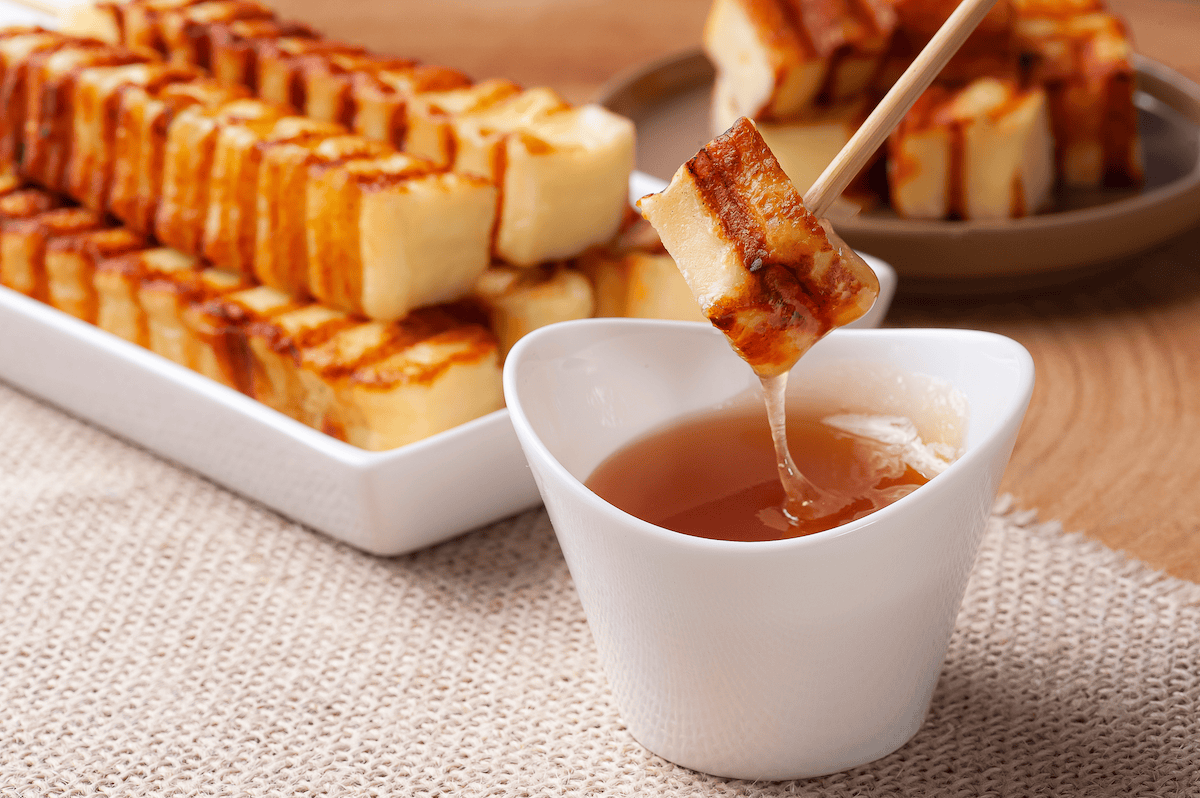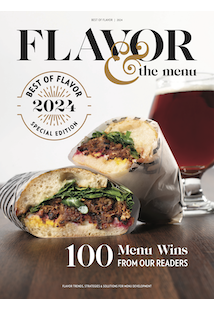
4 Under-the-Radar Latin American Cheeses
Discovering regional varieties beyond queso
4 Under-the-Radar Latin American Cheeses
Discovering regional varieties beyond queso
By Rebecca Peizer
August 1, 2024
By Rebecca Peizer
August 1, 2024
It is just about impossible to imagine Latin American cuisine without one of the region’s most widely used and beloved ingredients: cheese. From Mexico to Puerto Rico and all the way to the tip of Patagonia, Latin American cheeses can be traced back to European immigrants who settled across the region. Over the centuries, a number of distinctive, regional specialties have emerged.
Many of the farmstead cheeses found across Latin America are made simply by acidifying milk then salting and pressing the curds, which results in cheeses that are crumbly and tend to hold their shape when heated. These cheeses are mostly used as stuffing for vegetables and cornmeal masa and as a topping for soups, salads and entrées. The aged—or more ripened—cheeses have the addition of rennet to produce curds, which can yield a melty texture, making them ideal for sauces and other dishes where melted cheese is desired.
Whether a fresh and milky queso blanco from Central America, a hard and salty sardo from Argentina or a ripened, melty queso Chihuahua from Mexico, Latin American cheeses are as varied in taste and texture as they are in potential culinary applications. Some add salty, umami notes to soups while others are sprinkled as a garnish on the many appetizer-style “antijos.” On the sweet side, certain varieties are combined with fruit fillings and dessert-style pasteles.
With so many uses for the cheeses of this region, it is worth taking a deeper look at the potential they have to add a fresh appeal to almost any menu, from a grab-and-go breakfast to a Michelin-starred experience. Let’s take a dive into a few of these regional cheeses and reimagine the iconic dishes in which they are used.
Cotija: Beyond the Corncob
 Photo Credit: Rebecca Peizer
Photo Credit: Rebecca Peizer Reimagine elote as a pizza or flatbread that blends Cotija cheese and sweet white corn into a rich and creamy sauce that’s topped with fresh cilantro and microgreens.
Mexican street corn, or elote, is a fantastic combination of sweet, charred corn on the cob that is smothered in lime, mayonnaise and chile flakes, then rolled in Cotija cheese. While it is thought to have originated in Mexico City, elote actually hails from the indigenous Nahuatl people of northwest Mexico, who have been grilling corn over open fires for millennia. Combined with the influence of the Spanish who brought cheese and mayonnaise to the region, elote would not be the delicious food that it is without the Cotija cheese from the country’s Michoacán state. Cotija brings the addictive savory and salty notes that make every kernel of corn find its way off the cob.
Requeson: Ricotta’s Creamy Cousin
 Photo Credit: Rebecca Peizer
Photo Credit: Rebecca Peizer Mexico’s national dish, chiles en nogada, finds the perfect, creamy base in requeson cheese. Switch up the formula by swapping in fresh pomegranate arils for dried fruit.
Requeson is the slightly saltier and creamier cousin of ricotta that can be found all over Mexico and other parts of Latin America. It is made by adding a small percentage of fresh cow, goat or sheep’s milk to the whey leftover from making other cheeses and then cooking the whey until it curdles once again. This budget-friendly cheese is not only sustainable but also extremely versatile. Sprinkled with cinnamon, fruit, jam or sugar, it makes for a simple and delicious dessert or topping. It can be baked into pastries, stuffed into masa preparations, such as sopes or tlacoyos, or included in any technique requiring a delicate, fresh and creamy cheese.
Chiles en nogada, a colorful, sweet and savory preparation from the city of Puebla, provides a great way to showcase the creamy, dainty nature of requeson. Considered the national dish of Mexico due to its red, white and green colors that hearken to the country’s flag, every recipe differs slightly from region to region. The most widely known version showcases a roasted poblano chile that is stuffed with ground meat and dried fruits and then topped with a creamy walnut sauce.
Queijo Coalho: Squeaks So Good

Reminiscent of Greek haloumi, Brazil’s queijo coalho is often grilled and served with honey for a salty-sweet treat.
Squeaky cheese may sound like something only to be eaten at the county fair, but in northern Brazil, queijo coalho is considered a delicacy. This slightly acidic and firm cheese can be marinated and grilled or pan-fried without losing its shape. Often grilled and served with honey, coalho makes an excellent protein swap for traditional meat preparations in dishes such as grilled skewered kebabs, fried chicken tenders or even stews and soups. In many ways, coalho is reminiscent of the Greek frying cheese, halloumi, which is traditionally pan-fried and set aflame with ouzo. For a fun and appealing American twist, try pan-frying cubes of coalho cheese in salted butter, setting it aflame with a smoky bourbon and finishing with spicy maple syrup spiked with crushed red pepper flakes or cayenne chile powder.
Chanco: Most Likely to Melt
 Photo Credit: Rebecca Peizer
Photo Credit: Rebecca Peizer Instead of stuffing chanco cheese into an empanada, try incorporating it into a soup dumpling with poached apples and an aged balsamic vinegar dipping sauce on the side.
Whether eaten as a standalone snack or stuffed into empanadas, chanco is a buttery cheese with superior melting properties. Most widely consumed in Chile, this semi-hard cow’s milk cheese is a great option for any dish requiring an ooey-gooey texture with a more sophisticated farmstead flavor. The washed rind, unpasteurized milk and slight aging of chanco makes it akin to Swiss or Muenster, lending an air of sophistication to this humble cheese. An elevated twist on the traditional chanco-stuffed empanada could be a Chanco Fondue-Stuffed “Soup-Dumpling” with poached apples served with aged balsamic vinegar dipping sauce.
Global Mash-Ups
With U.S. cheesemakers taking notice of the versatility and ease of making Latin American cheeses, dishes featuring these varieties—whether in traditional or updated styles—are certain to increase. These menu items needn’t be constrained to Latin America; the potential of these cheeses stretches far and wide: from the earliest renditions in the Middle East and Europe to Asia, Africa and beyond. With so many variations to choose from, it’s easy to create intrigue and elevate almost any global cuisine by incorporating these nuanced cheeses.
About the Author
![]() Chef Rebecca Peizer is the owner of the culinary consultancy All Things Culinary LLC, as well as a professor, consulting partner, digital media talent and conference stage manager for the Culinary Institute of America at Copia in Napa Valley, Calif. She has worked for many esteemed wineries, restaurants, resorts and culinary schools in New York, Napa Valley and Las Vegas. She implemented the nation’s first farm-to-table culinary program at the Culinary School of the Rockies in Boulder, Colo., and does pro bono work for the Salvation Army and Gray Haven Health & Wellness. Rebecca is an active forager and herbalist and has earned certifications in cheesemaking, permaculture design, professional wine studies, CEC and CHE.
Chef Rebecca Peizer is the owner of the culinary consultancy All Things Culinary LLC, as well as a professor, consulting partner, digital media talent and conference stage manager for the Culinary Institute of America at Copia in Napa Valley, Calif. She has worked for many esteemed wineries, restaurants, resorts and culinary schools in New York, Napa Valley and Las Vegas. She implemented the nation’s first farm-to-table culinary program at the Culinary School of the Rockies in Boulder, Colo., and does pro bono work for the Salvation Army and Gray Haven Health & Wellness. Rebecca is an active forager and herbalist and has earned certifications in cheesemaking, permaculture design, professional wine studies, CEC and CHE.







